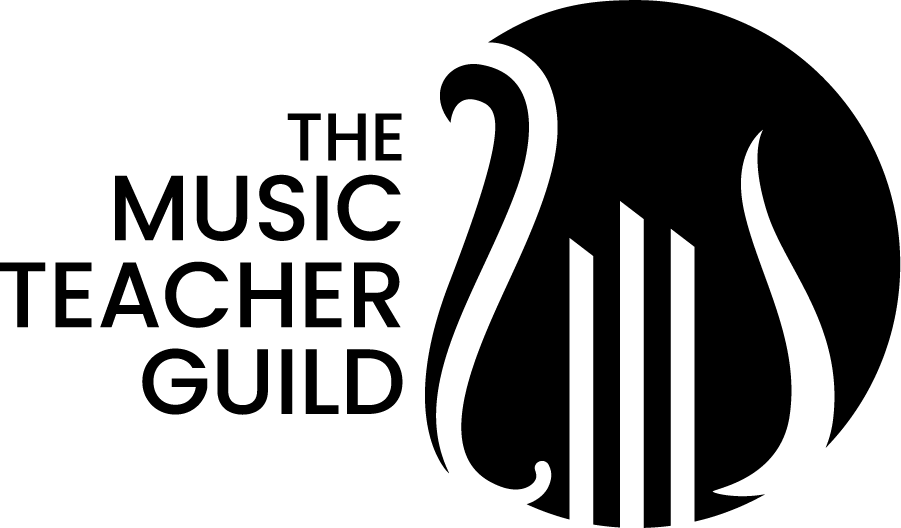Implementing Peer Mentoring Among Music Teachers: Building a Supportive Community
Introduction to Peer Mentoring for Music Teachers
In the field of music education, teachers are often expected to handle diverse student needs, fine-tune lesson plans, and adapt new teaching methods independently. This can feel isolating and overwhelming, especially without a network of colleagues to lean on. Peer mentoring provides music educators with a structured way to gain support and feedback from fellow teachers. Unlike traditional mentoring, which typically pairs a senior teacher with a novice, peer mentoring fosters a more balanced exchange where both participants can learn and grow together. This collaborative approach can transform the teaching experience, making it more fulfilling and effective.
Peer mentoring for music teachers is about building a community—one that encourages sharing insights, celebrating progress, and tackling challenges together. Whether you're a new teacher seeking guidance or a seasoned professional eager to share knowledge, peer mentoring can offer a valuable support network to help you thrive.
Benefits of Peer Mentoring in Music Education
The benefits of peer mentoring extend far beyond lesson planning. Here are some key advantages for music teachers:
Professional Support and Shared Teaching Strategies: In peer mentoring, teachers can exchange teaching techniques, class management strategies, and fresh perspectives on student engagement. This collaboration is particularly valuable for music teachers who may be the only instructors in their specific department or school.
Boosting Confidence and Reducing Burnout: Teachers benefit from having someone to share their challenges, successes, and even setbacks with. Peer mentoring serves as an emotional and professional support system, which can be instrumental in reducing burnout. Encouragement from colleagues helps music educators feel more grounded and less isolated in their work.
Enhancing Student Outcomes: Teachers who are mentored and receive constructive feedback are more likely to try innovative teaching methods, ultimately enhancing their students' learning experience. When teachers feel supported, students benefit from a more positive, inspired classroom environment.
Professional Development and Skill Growth: Mentorship gives music teachers a chance to work on communication, leadership, and even digital skills as they share and learn. This mutual development is a unique aspect of peer mentoring, where both parties are engaged in continuous learning.
Setting Up a Peer Mentoring Program
Implementing a successful peer mentoring program requires careful planning. Here’s a step-by-step guide to getting started:
Define the Program’s Goals: Identify the primary objectives of the mentoring program. Is the goal to improve teaching techniques, offer emotional support, or share resources and lesson ideas? Having clear goals helps keep the program focused and impactful.
Identify Potential Mentors and Mentees: While peer mentoring ideally involves mutual learning, it's useful to consider participants' skills and experiences. For instance, some teachers may specialize in choir, orchestra, or digital music tools. Matching teachers with complementary skills can create a more balanced and beneficial mentoring relationship.
Set Clear Roles and Expectations: Establish roles for each participant. Will they be mentors, mentees, or equal partners? Defining these roles helps clarify what each person should bring to the table and can prevent misunderstandings about expectations.
Choose Communication Platforms: Decide on communication methods that suit everyone involved. Virtual options like Zoom or Google Meet allow for regular check-ins, while apps like Slack or WhatsApp facilitate quick questions or updates. Choose platforms that are convenient and accessible to all participants.
Plan for Regular Meetings and Check-Ins: Consistency is key. Schedule regular meetings, whether they are weekly, bi-weekly, or monthly. Having a set schedule ensures that mentorship stays a priority, even amid busy teaching schedules.
Best Practices for Successful Peer Mentoring
Creating an effective peer mentoring environment requires intentional practices. Here are some key elements to keep in mind:
Foster Transparency and Trust: Trust is essential in mentoring. Establish ground rules that promote open, honest feedback without judgment. Both mentors and mentees should feel comfortable discussing their strengths and areas for improvement.
Encourage Active Listening and Respect: When teachers come from different teaching styles, active listening ensures that both perspectives are heard. Respecting diverse approaches enriches the mentoring experience and offers a wider range of insights for both parties.
Set Small, Achievable Goals: For mentoring to be effective, it's helpful to have small, tangible goals. This could be anything from trying a new teaching technique to incorporating a specific type of feedback in class. Achieving these smaller goals helps build momentum and confidence in the mentoring relationship.
Celebrate Successes: Recognize and celebrate milestones, whether they’re improvements in student engagement, a new strategy implemented successfully, or simply a better work-life balance achieved. This positive reinforcement builds morale and strengthens the mentoring bond.
Common Challenges and Solutions
Even in a supportive environment, peer mentoring can encounter obstacles. Here’s how to overcome some of the most common challenges:
Time Constraints: Full-time teachers often struggle to find time for additional commitments. A solution is to keep meetings brief and focused, or to alternate between in-depth meetings and quick check-ins. Teachers can also experiment with asynchronous communication methods, such as voice memos or shared notes, for more flexibility.
Differing Teaching Philosophies: Music teachers bring unique perspectives to their roles. When philosophies differ, it’s important to view these differences as opportunities to learn rather than obstacles. Encourage open dialogue about why certain methods are preferred and explore ways to integrate these diverse perspectives into the classroom.
Self-Doubt or Imposter Syndrome: Many teachers feel hesitant to assume a mentoring role, worrying that they lack the expertise or experience. However, peer mentoring is a shared journey, and everyone has valuable insights to contribute. Emphasize that the program is about mutual support, not hierarchy.
Examples of Peer Mentoring Success Stories
Success stories from real teachers can be a great way to showcase the impact of peer mentoring. For example:
Elementary Music Teachers: Two music teachers in different schools partnered to share ideas on integrating digital tools in the classroom. Through weekly virtual meetings, they explored apps and tools to make lessons more interactive, resulting in higher student engagement and more diverse lesson plans.
High School Choir Directors: Two choir directors in neighboring districts paired up to exchange techniques for managing large choirs. By meeting monthly and observing each other’s rehearsals, they developed new strategies for vocal warm-ups, leading to improved performance and more efficient rehearsal sessions.
New and Experienced Teachers: A new music teacher paired with a seasoned instructor to navigate her first year of teaching. Through regular check-ins, the new teacher gained practical advice on lesson planning and classroom management, helping her to gain confidence and establish a successful classroom routine.
Conclusion and Next Steps for Interested Teachers
Peer mentoring is a powerful way to build connections, share ideas, and support professional growth among music teachers. By fostering a sense of community and collaboration, peer mentoring not only enhances the skills of individual teachers but also improves students’ learning experiences.
If you're interested in starting or joining a peer mentoring group, consider reaching out to colleagues or joining music teacher associations that support mentorship programs. You may be surprised at the difference a community of peers can make in your teaching journey. With the right connections and resources, music teachers can inspire each other to reach new heights, creating a positive ripple effect that resonates across classrooms.

